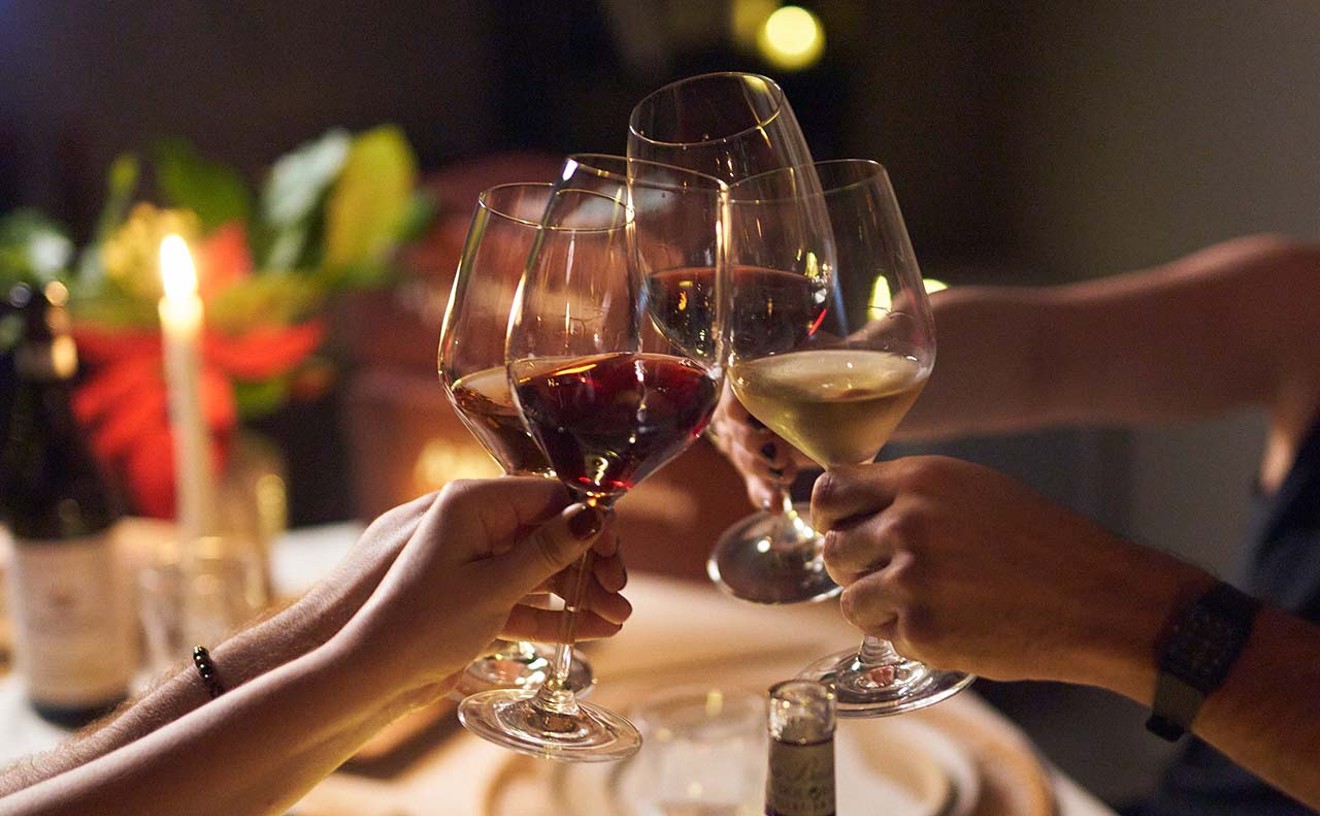World War II destroyed many of Europe's communal ovens, especially in Italy, and the twentieth-century economic trend toward migration from farms into cities meant that most people no longer had such ovens available. But even today in Italy and France, one can sometimes see housewives, who no doubt have fully equipped modern kitchens of their own, hurrying home with Sunday special dishes from town bakeries that still use wood- or coal-burning ovens -- for reasons that anyone who's ever seriously used one well knows. The dry, intense heat, which can reach 700 to 900 degrees inside the insulated shell of high-density clay (or stone, or some modern manmade miracle equivalent), produces breads with unbeatably crunchy thick crusts outside and moist insides; pizza crusts with addictively black-blistered bottoms. Roasts are perfectly surface-seared and poultry skins are picture-perfect golden brown; inside, meat is unbelievably flavorful and juicy, because the virtually caramelized exteriors mean interiors don't dehydrate.
And restaurateurs know that none of the above real stuff matters as much as the smoky smell of a wood-burning oven that conjures up fantasies of hearth 'n' home country food.
Hence Ocean Five Bistro, which opened last fall in South Beach billing itself as "An Authentic Wood Burning Dining Experience." In fact the eatery does seem to have not just a wood-burning oven but, according to our server, a wood grill (assuming, that is, that questions and answers got accurately transmitted through a Spanish-speaking dining companion; no one on our immediate serving staff spoke adequate English). Of 41 items on the menu, however, only 17, 9 of them pizzas, seemed to use these flaming facilities. The majority were salads, pastas, soups, raw carpaccios, and sautéed or deep-fried dishes. Oddly there was no wood-smoke smell discernible from either the eatery's street cafe or its small indoor dining area (which is furnished exotically but somewhat peculiarly; barstools, for those of us not Miami Heat-sized, are accessible only by ladder). Neither did any dish have any of the wood-smoke aroma or taste most diners expect of a wood-burning experience -- though that's not so odd in at least the oven-roasted stuff, since the wood's primarily a heat source; flame-flavorizing is secondary and optional (many ovens' fireboxes are completely isolated from their cooking areas). Still the food was mostly pretty good, especially for Ocean Drive, and one oven-cooked main dish was wonderful.
That was filet mignon al Dijon. The porcinis in the sauce that the menu mentioned went missing, and we couldn't discern a hint of mustard. But there were plenty of portabellos. And the rich, peppery sauce without Dijon was plenty tasty -- even unnecessary, on a steak so succulent. Tenderness is usually a tradeoff for taste with filets, but this thick meat, fork-tender yet not at all mushy, was as full-flavored as a rib steak. It was also perfectly cooked to our order.
Aside from a different steak, the only other main course made in the oven or on the grill was rose marino, Rock Cornish game hen. It was disappointing, something perhaps inevitable with this bird so often encountered on "party" occasions when the partiers are too wimpy for squab and too pretentious for chicken. Even so the skin should have had wood-oven poultry's signature golden crispness. It did not. The bird wasn't much helped by a too-thin white wine sauce badly in need of reduction and French-type last-minute butter enrichment. The dish also didn't contain the sun-dried tomatoes the menu mentioned, though lots of unmentioned garlic slices did render the meat about as racy as this bird ever gets. But accompanying mixed veggies and roasted potatoes (both come with all listed "main courses") were good and full-flavored, unlike this town's typical side of boring, insufficiently salted zucchini.
With a surprising dearth of wood-cooked fish entrées (the grilled mahi on an older menu was gone, and servers said an herb-crusted mahi aromatico wasn't grilled), the table's noncarnivore went for shrimp puttanesca. The linguine base was properly al dente, but the puttanesca sauce, which is supposed to be as spicy as the Roman ladies of the night it's named for, wasn't even close to right. Aside from no hot-pepper zing, there was barely a hint of anchovies, prominent in the authentic recipe, and lots of basil, which isn't supposed to be there at all. And the "jumbo shrimps" were, though plentiful, small and sautéed stiff.
Because the bread basket's wonderfully textured focaccia was so good (though the bowl of fiery garlic oil offered instead of butter would've made even Wonder Bread tasty), we ordered a fagottino from the bistro's pizza list. Described as homemade mozzarella, mushrooms, and arugula "in heart of a focaccia," it was actually a stuffed pitalike flatbread. The cheese was too sparse, but mushrooms were fresh, arugula had been seemingly inserted after baking to provide delightfully fresh crunch, and the thin bread round was chewy and char-blistered.
Unfortunately the real pizza we ordered, a margherita (the classic basic pizza: just mozzarella, tomato sauce, and basil), was less successful. The topping was bland and the crust, though it looked charred, was not even vaguely crispy. Neither was the crust as authentically "thin, like in Italy," as it had been billed; it was a thicker New, more like Cuban pizza. A pizza di parma ordered on a second visit had a superior topping of mozzarella plus, again properly laid on after cooking, arugula and imported prosciutto crudo, but the crust had no more crunch or wood-oven character. Still both pies were miles better than the fare at any of America's incomprehensibly popular pizza chains.
Tomato and mozzarella salad shouldn't be attempted without perfectly vine-ripe tomatoes and fresh mozzarella bursting with delicate dairy milkiness, qualities lacking in both Ocean Five's homemade but nebbishy mozzarella and no-riper-than-usual plum tomatoes. But three other sampled salads were winners: bistro salad, mesclun with tangerines, honey walnuts, and cherry tomatoes in a slightly sweet lemon dressing; insalata di calamari, the same subtle dressing complementing tender calamari, greens, red onion, and roasted peppers; and insalata caprini, featuring goat cheese plus mesclun, almonds, and plum tomatoes in a "balsamic reduction" that tasted more like a balsamic dilution but was pleasant nonetheless.
Add to any of the last three salads Ocean Five's one wood-oven appetizer, caked polenta Gorgonzola (baked cornmeal cakes with Gorgonzola cheese, lots of mushrooms, and a marsala cream sauce that needed more complexity -- like a hint of marsala) and.... Well, since the polenta cake had not a hint of smoky flavor, it still wouldn't be what you'd expect of a wood-burning dining experience. But it would be a very satisfying light summer supper -- and for Ocean Drive, not an expensive one either.










